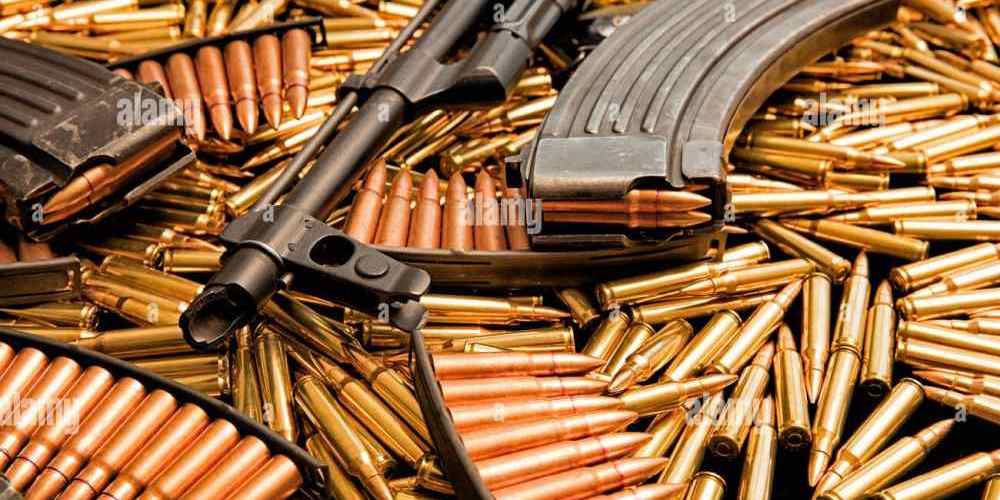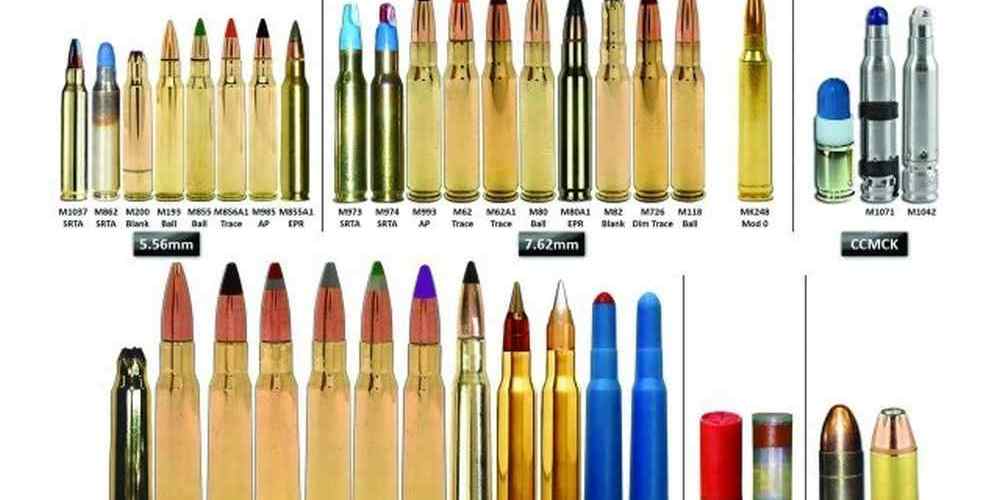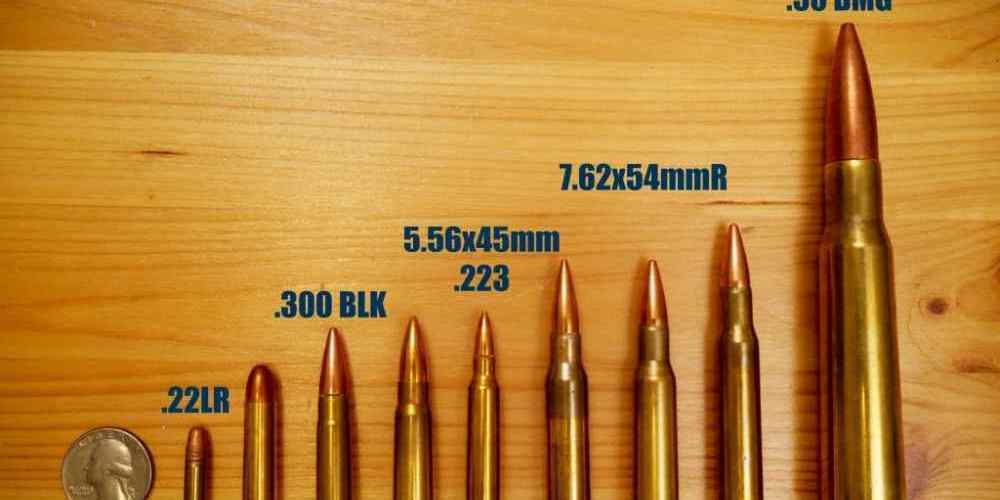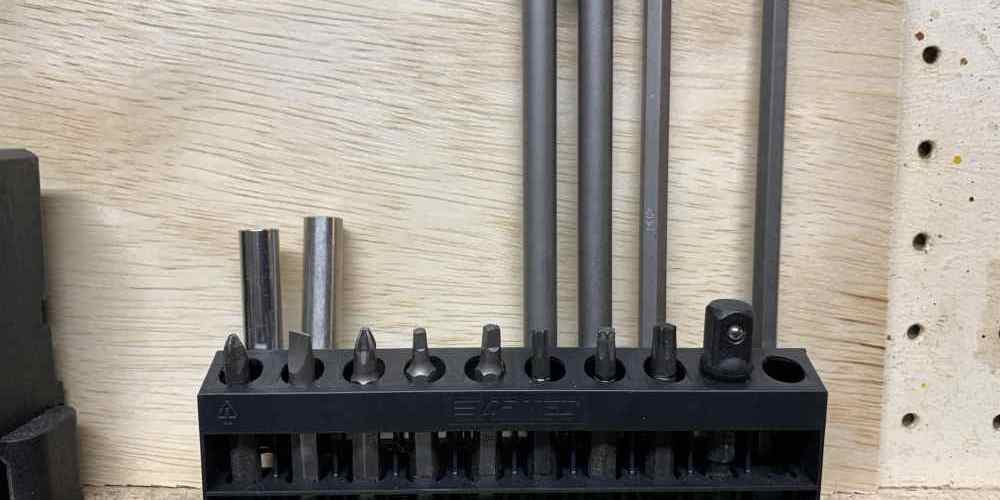“Precision and power in every shot: Rifle ammunition for competitive biathlons.”
The Importance of Choosing the Right Rifle Ammunition for Biathlon Competitions
Competitive biathlons are a unique and challenging sport that combines cross-country skiing with rifle marksmanship. Athletes must ski long distances while stopping at designated shooting ranges to accurately hit targets. In order to succeed in this demanding sport, it is crucial for competitors to choose the right rifle ammunition.
The type of rifle ammunition used in biathlons can greatly impact an athlete’s performance. The ammunition must be reliable, accurate, and consistent in order to ensure that shots hit the target with precision. In a sport where every second counts, having the right ammunition can make all the difference.
One of the most important factors to consider when choosing rifle ammunition for biathlons is the caliber. The most common calibers used in biathlon competitions are .22 LR and .22 Short. These calibers are preferred for their low recoil and high accuracy, making them ideal for shooting at small targets from a distance.
In addition to caliber, athletes must also consider the weight and velocity of the ammunition. Lighter bullets tend to travel faster and have less drop, making them more suitable for long-distance shooting. However, heavier bullets may offer better stability and accuracy in windy conditions. It is important for athletes to test different types of ammunition to determine which works best for their shooting style and the specific conditions of each competition.
Another important factor to consider when choosing rifle ammunition for biathlons is the bullet design. Hollow point bullets are commonly used in biathlon competitions because they expand upon impact, increasing the chances of hitting the target. Full metal jacket bullets are also popular for their penetration and accuracy. Athletes must experiment with different bullet designs to find the one that works best for them.
When competing in biathlons, athletes must also consider the temperature and weather conditions. Cold temperatures can affect the performance of rifle ammunition, causing it to expand differently and impacting accuracy. Athletes must be prepared to adjust their shooting technique and ammunition choice based on the weather conditions of each competition.
In conclusion, choosing the right rifle ammunition is crucial for success in competitive biathlons. Athletes must consider factors such as caliber, weight, velocity, bullet design, and weather conditions when selecting ammunition for each competition. By testing different types of ammunition and finding what works best for their shooting style, athletes can improve their performance and increase their chances of hitting targets with precision. In a sport where every shot counts, having the right rifle ammunition can make all the difference.
How Different Types of Rifle Ammunition Can Impact Performance in Biathlons
Competitive biathlons are a unique sport that combines cross-country skiing with rifle shooting. Athletes must ski a certain distance while stopping at designated shooting ranges to accurately hit targets. The accuracy of the rifle plays a crucial role in determining an athlete’s success in the competition. One key factor that can impact performance in biathlons is the type of rifle ammunition used.

There are several different types of rifle ammunition commonly used in biathlons, each with its own unique characteristics. The most popular types of ammunition used in biathlons are .22 LR and .22 Short. These rounds are known for their accuracy and reliability, making them a popular choice among biathletes.
The type of rifle ammunition used can have a significant impact on an athlete’s performance in a biathlon. The weight, velocity, and trajectory of the bullet can all affect how accurately a shooter can hit their targets. For example, a heavier bullet may be more stable in flight, leading to greater accuracy. On the other hand, a lighter bullet may travel faster and have a flatter trajectory, making it easier to hit targets at longer distances.
In addition to weight and velocity, the shape of the bullet can also impact performance in a biathlon. Round-nosed bullets are typically more stable in flight, while pointed bullets may have a higher ballistic coefficient, allowing them to maintain their velocity over longer distances. The shape of the bullet can also affect how it interacts with the rifling in the barrel of the rifle, which can impact accuracy.
Another factor to consider when choosing rifle ammunition for a biathlon is the type of propellant used. Different types of propellants can affect the velocity and trajectory of the bullet, as well as the amount of recoil generated when the rifle is fired. Athletes must find a balance between a high-velocity round that can reach targets quickly and a round with minimal recoil that allows for quick follow-up shots.
Ultimately, the best type of rifle ammunition for a biathlon will depend on the individual athlete’s preferences and shooting style. Some athletes may prefer a heavier bullet for increased stability, while others may opt for a lighter bullet for faster target acquisition. It is important for athletes to experiment with different types of ammunition to find the one that works best for them.
In conclusion, the type of rifle ammunition used in a biathlon can have a significant impact on an athlete’s performance. Factors such as weight, velocity, trajectory, and propellant can all affect how accurately a shooter can hit their targets. It is important for athletes to carefully consider these factors and experiment with different types of ammunition to find the one that works best for them. By choosing the right rifle ammunition, athletes can improve their performance and increase their chances of success in competitive biathlons.
Tips for Selecting and Testing Rifle Ammunition for Competitive Biathlon Events
Competitive biathlons are a challenging and exciting sport that combines cross-country skiing with rifle marksmanship. Athletes must ski long distances while stopping to shoot at targets along the way. The accuracy of their shots can make or break their performance in the competition. One crucial factor that can affect accuracy is the type of rifle ammunition used.
When selecting rifle ammunition for competitive biathlons, there are several factors to consider. The first and most important factor is the caliber of the ammunition. The most common calibers used in biathlon competitions are .22 LR and .22 Short. These calibers are preferred for their low recoil and high accuracy, making them ideal for shooting at small targets from a distance.
Another important factor to consider when selecting rifle ammunition is the bullet weight. Lighter bullets tend to travel faster and have less drop over long distances, making them more accurate for shooting at targets in biathlon competitions. However, heavier bullets may offer better stability in windy conditions, so it’s essential to test different bullet weights to see which works best for you.
The type of bullet is also crucial when selecting rifle ammunition for biathlons. There are several types of bullets available, including lead round nose, hollow point, and flat point. Lead round nose bullets are the most common choice for biathlon competitions due to their accuracy and reliability. However, some athletes may prefer hollow point or flat point bullets for their specific shooting style.
Once you have selected the caliber, bullet weight, and type of bullet for your rifle ammunition, it’s essential to test different brands and loads to find the best match for your rifle. Each rifle is unique, and what works well for one athlete may not work as well for another. Testing different ammunition loads will help you find the perfect combination of accuracy and reliability for your rifle.
When testing rifle ammunition, it’s essential to consider factors such as velocity, group size, and consistency. Velocity refers to the speed at which the bullet travels, which can affect its trajectory and accuracy. Group size refers to the tightness of the shots on the target, with smaller groups indicating better accuracy. Consistency is crucial for reliable performance, as variations in velocity or bullet weight can affect the trajectory of the bullet.
To test rifle ammunition, set up targets at various distances and shoot multiple rounds with each load. Keep track of the velocity, group size, and consistency of each load to determine which one performs best with your rifle. It’s also essential to test ammunition in different weather conditions, as temperature and humidity can affect the performance of the bullet.
In conclusion, selecting and testing rifle ammunition for competitive biathlons is a crucial step in ensuring accuracy and reliability in your shooting performance. Consider factors such as caliber, bullet weight, and type of bullet when selecting ammunition, and test different loads to find the best match for your rifle. By taking the time to select and test rifle ammunition, you can improve your shooting performance and increase your chances of success in biathlon competitions.
The Role of Rifle Ammunition in Achieving Accuracy and Consistency in Biathlon Shooting
Competitive biathlons are a unique sport that combines cross-country skiing with rifle shooting. Athletes must not only have exceptional skiing skills but also be able to maintain accuracy and consistency in their shooting. One crucial aspect of achieving this accuracy and consistency is the type of rifle ammunition used.
In biathlon shooting, athletes must hit a series of targets from a distance of 50 meters. The targets are small and require precise aim to hit. This is where the role of rifle ammunition comes into play. The type of ammunition used can greatly affect the accuracy and consistency of a shooter’s performance.
One of the most important factors to consider when choosing rifle ammunition for biathlon shooting is the caliber. The most common calibers used in biathlons are .22 LR and .22 Short. These calibers are preferred for their low recoil and high accuracy. The .22 LR is the most popular choice among biathletes due to its availability and affordability.
Another important factor to consider is the weight of the bullet. Lighter bullets tend to have less recoil, which can help shooters maintain their aim and accuracy. However, heavier bullets may offer better stability and penetration. It is essential for athletes to find the right balance between weight and recoil to achieve optimal performance.
The shape of the bullet also plays a significant role in biathlon shooting. Round-nosed bullets are commonly used in biathlons due to their aerodynamic properties. These bullets offer better stability and accuracy, especially in windy conditions. Hollow-point bullets are also popular among biathletes for their expansion upon impact, which can help ensure a clean hit on the target.
In addition to the caliber, weight, and shape of the bullet, the quality of the ammunition is crucial in achieving accuracy and consistency in biathlon shooting. High-quality ammunition is manufactured to strict standards, ensuring uniformity in size, weight, and performance. This consistency is essential for shooters to trust their equipment and focus on their technique.
Transitioning from skiing to shooting requires athletes to quickly adapt to changing conditions and maintain their focus. Having reliable and consistent rifle ammunition can give shooters the confidence they need to perform at their best. By choosing the right caliber, weight, shape, and quality of ammunition, biathletes can improve their accuracy and consistency on the shooting range.
In conclusion, rifle ammunition plays a vital role in achieving accuracy and consistency in biathlon shooting. Athletes must carefully consider the caliber, weight, shape, and quality of the ammunition they use to optimize their performance. By selecting the right ammunition for their needs, biathletes can enhance their shooting skills and increase their chances of success in competitive biathlons.
Exploring the Evolution of Rifle Ammunition Technology in Competitive Biathlons
Competitive biathlons are a unique sport that combines the physical demands of cross-country skiing with the precision of rifle shooting. Athletes must ski long distances, stopping periodically to shoot at targets from a distance of 50 meters. The accuracy of their shots can make or break their chances of winning, making rifle ammunition a crucial component of their equipment.
Over the years, rifle ammunition technology has evolved to meet the specific needs of biathletes. In the early days of the sport, athletes used standard hunting ammunition, which was not always ideal for the precision shooting required in biathlons. As the sport grew in popularity, manufacturers began developing specialized biathlon ammunition that was tailored to the unique requirements of the sport.
One of the key factors in the development of biathlon ammunition is accuracy. Biathletes must be able to hit small targets from a distance of 50 meters, often in challenging weather conditions. To achieve this level of precision, manufacturers have developed ammunition with consistent ballistic performance and tight tolerances. This ensures that each shot behaves predictably, allowing athletes to make quick adjustments as needed.
Another important consideration in biathlon ammunition is reliability. Athletes must be able to trust that their ammunition will perform consistently in all conditions. This means that biathlon ammunition must be able to function reliably in cold temperatures, high humidity, and other challenging environments. Manufacturers have developed specialized coatings and primers to ensure that biathlon ammunition remains reliable even in adverse conditions.
In addition to accuracy and reliability, biathlon ammunition must also be fast. Athletes have a limited amount of time to shoot at each target, so they need ammunition that can reach the target quickly. Manufacturers have developed high-velocity rounds that can travel at speeds of over 1,000 meters per second, allowing athletes to make quick shots with minimal adjustment.
One of the most recent advancements in biathlon ammunition technology is the development of environmentally friendly options. Traditional lead-based ammunition can have a negative impact on the environment, so manufacturers have begun producing non-toxic alternatives. These environmentally friendly options are made from materials such as copper or steel, which are less harmful to the environment.
Overall, the evolution of rifle ammunition technology in competitive biathlons has been driven by the unique demands of the sport. Manufacturers have developed specialized ammunition that is accurate, reliable, fast, and environmentally friendly. These advancements have helped athletes improve their performance and push the boundaries of what is possible in the sport.
As biathlon continues to grow in popularity, we can expect to see further advancements in rifle ammunition technology. Manufacturers will continue to innovate and develop new products that meet the evolving needs of athletes. With the right equipment, biathletes can continue to push themselves to new heights and achieve even greater success in this challenging and exciting sport.






